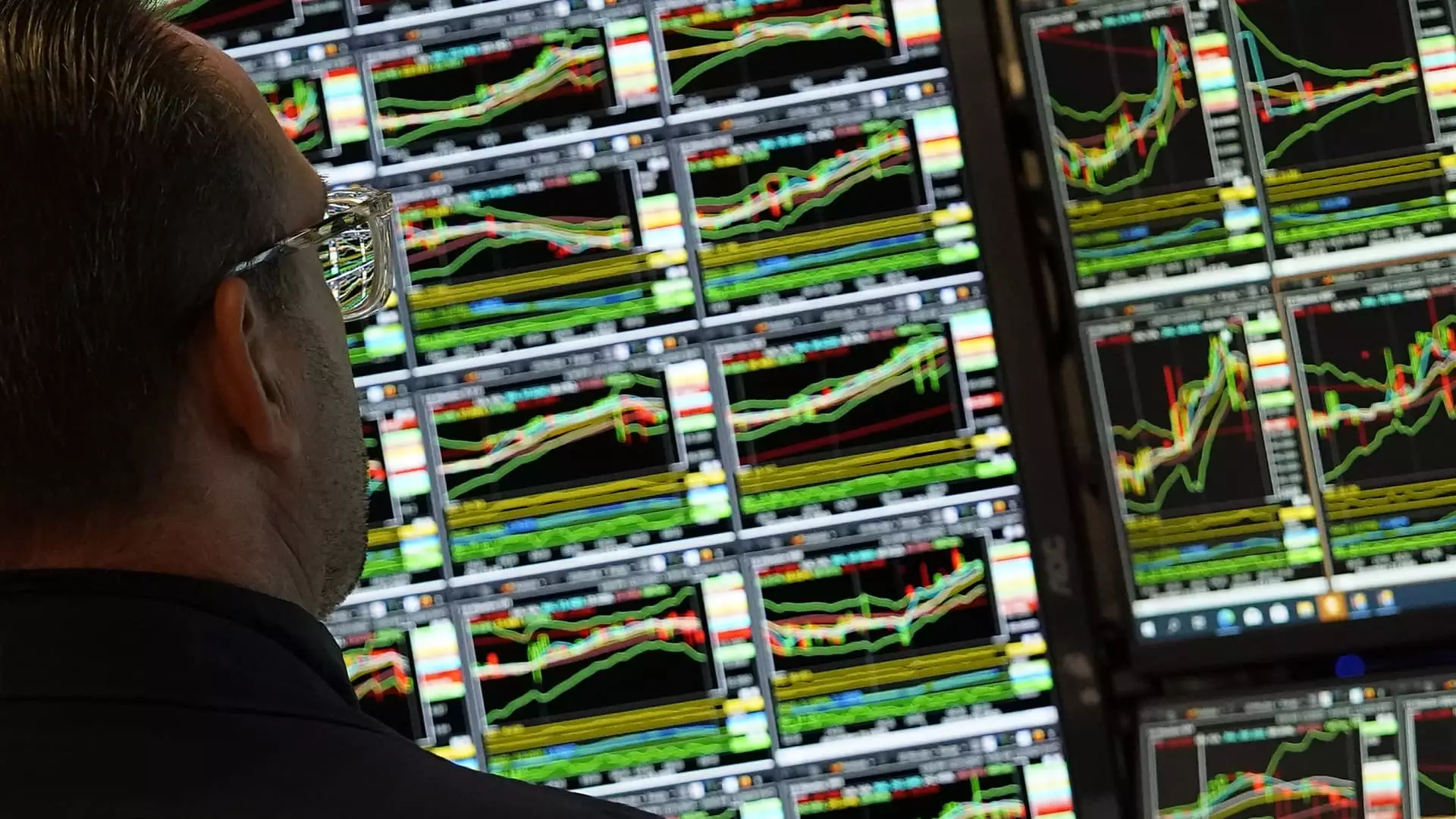Unleashing the Power of Re-Risking: Why Modern Investors Must Take Bold Moves in 2025

In today’s investment landscape, complacency is a dangerous luxury. The recent market rebound after a tumultuous start to 2025 has lulled many into a false sense of security, yet beneath the surface, risks loom large. In this climate, the call to “re-risk your portfolio” isn’t just sound advice; it’s a vital strategy for those who refuse to be left behind. Too many investors cling to traditional safety nets, assuming caution alone can protect their wealth. But true wealth growth, particularly in a world fraught with geopolitical tensions, trade uncertainties, and fluctuating dollar strength, demands courage and strategic repositioning.
Investors who hesitate risk missing out on substantial opportunities. Market reversals often serve as inflection points, offering fertile ground for those willing to diverge from passive complacency. John Davi’s push for a bolder risk posture urges investors to focus on sectors and securities that are often overlooked in times of market panic or over-conservatism. By re-examining the landscape and embracing calculated risk, they can unearth the hidden growth engines that powerful trends—like the technological burst driven by AI, infrastructure renewal, and renewable energy—are propelling forward.
Beyond the Popular: The Case for Diversification and Disruption
Traditional investment approaches tend to favor well-known benchmarks and heavily concentrated tech stocks, often to the peril of the investor’s portfolio diversity. Yet, the current economic reality isn’t favoring the “big seven” tech giants; instead, it’s opening the door to mid-sized and smaller companies—entities with faster earnings growth and greater resilience outside the dominant tech sector. This paradigm shift underscores the importance of diversification beyond the usual suspects.
Equal-weighted ETFs emerge as a compelling option for those daring enough to look beyond the headline stocks. For instance, rather than investing solely in the popular Industrial Select Sector SPDR Fund (XLI), more discerning investors might consider the Invesco S&P 500 Equal Weight Industrials ETF (RSPN). Such funds offer a broader exposure to industrials and an opportunity to capitalize on sector-wide growth drivers without over-reliance on a few heavyweight stocks. When the largest stocks lose their grip on the market, the real winners are often those with robust earnings growth and less exposure to systemic risks.
Furthermore, the spotlight on companies with earnings growth exceeding 25% signals a shift toward proactive, growth-driven investing. Davi’s analysis reveals over 85 companies surpassing Nvidia and Meta in profitability expansion—an indication that transformative growth is happening in less obvious corners of the market. This approach not only spreads risk but also taps into the growth potential of companies poised to lead in niches like infrastructure, energy, and real assets, which are gaining renewed investor attention.
Strategic Investments in Real Assets and Fixed Income: Embracing Stability with Opportunities
While equities often generate headlines, the intelligent investor recognizes the critical importance of real assets and income-generating securities in a diversified portfolio. Davi’s recommendation of ETFs like the BNY Mellon Global Infrastructure Income ETF (BKGI) underscores this point. Infrastructure stocks, utilities, and energy firms are increasingly vital as the world transitions to more sustainable and resilient energy systems. These sectors are outperforming traditional indices, delivering both income and growth simultaneously.
Moreover, fixed income opportunities remain relevant—not as safety blankets, but as strategic income sources in a potentially volatile environment. High-yield bond ETFs such as Schwab High Yield Bond ETF (SCYB) and JPMorgan BetaBuilders USD High Yield Corp Bond ETF (BBHY) offer compelling yields that can buffer portfolios against equity volatility. Credit investments, often dismissed in recent years as too risky, are now presenting attractive risk-adjusted returns if approached with disciplined analysis.
Davi’s emphasis on high-yield credit signals a fundamental shift: investors need to look at credit odds not merely as risk but as value propositions. When interest rates stabilize and default risks are manageable, high-yield bonds can serve as ballast and income generators in a diversified investment approach. This strategy requires a nuanced outlook, one that recognizes macroeconomic shifts rather than succumbs to short-term fear-based decision making.
The Power of a Forward-Looking Portfolio
The overarching message is clear: sticking to outdated strategies or overly concentrated exposures will leave investors vulnerable in 2025’s unpredictable environment. Instead, a disciplined re-risking approach—focused on sectors with strong tailwinds, diversified holdings outside the tech bubble, and income assets—can unlock substantial growth.
Investors should pursue opportunities in energy, infrastructure, real assets, and select equities with robust earning growth. They need to think beyond the obvious and embrace a diversified, dynamic strategy that balances risk and reward. By doing so, they won’t just survive the second half of the year—they’ll position themselves to thrive amid ongoing market transformations.
This approach demands an active mindset, a willingness to challenge conventional wisdom, and a belief in the future potential of underrated sectors and securities. The message is unequivocal: in 2025, the bold will outpace the cautious—those who re-risk their portfolios with strategic intent will see the greatest returns and resilience.





